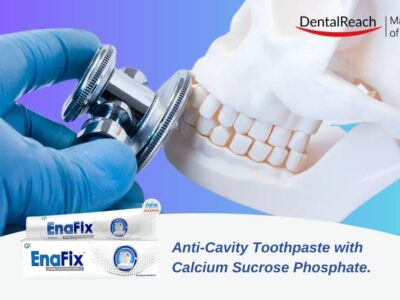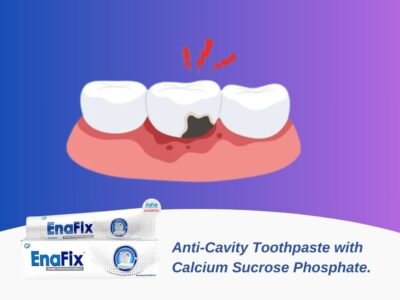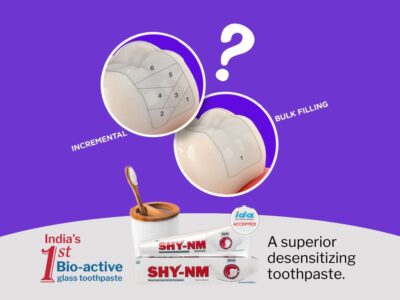A recent study has raised important safety concerns regarding deep sedation (DS) supported pediatric dental procedures carried out in outpatient settings.
The research suggests that adverse events (AEs) occurred in approximately 8.6% of cases, emphasizing the need for more extensive studies and root cause analyses to enhance the safety of such procedures.
The study, conducted by a team of researchers, aimed to assess the safety of DS-supported pediatric dental treatments in an outpatient setting. Data was gathered retrospectively by developing an automated script to identify patient charts of children who underwent DS-supported dental procedures between 2017 and 2019 at a dental clinic.
The charts were thoroughly examined for sedation-related AEs. A panel of experts performed a second review to confirm or refute the initial AE designations. The AEs were classified using the Tracking and Reporting Outcomes of Procedural Sedation system.
Out of the 175 cases of DS, 19 AEs were identified in 15 cases, equating to an 8.6% occurrence rate. The AEs were categorized as follows:
- 36.84% were related to airway and breathing issues.
- 47.37% were linked to sedation quality, including a case where a dizzy patient fell and sustained a head laceration.
- 15.79% were classified as allergies.
The study’s findings underscore the significant safety concerns associated with DS-supported pediatric dental procedures in outpatient settings. AEs, whether minor or potentially severe, occurred in one out of every twelve cases. Notably, a substantial number of AEs were related to airway and breathing complications, highlighting the importance of vigilant monitoring and rapid response in these situations.
The researchers noted that children’s cognitive and emotional development, in addition to their age, influenced their ability to cooperate during procedures. This often necessitated deeper sedation levels, increasing the importance of rescue procedures in outpatient settings. Compromised airways or respiratory issues were identified as the most dire consequences of DS in pediatric patients, with potential impacts on respiratory drive, airway patency, and protective airway reflexes.
Dentists must prioritize patient safety and ensure that outpatient settings maintain comparable levels of safety as in-hospital procedures.
In summary, this research highlights the presence of AEs in a substantial proportion of DS-supported pediatric dental procedures conducted in outpatient settings. The findings emphasize the need for larger studies and root cause analyses to improve the safety and reliability of such procedures. Ensuring the well-being of young patients undergoing dental sedation remains a paramount concern, and continued efforts are necessary to optimize safety in outpatient settings.
Source: Assessing the safety of deep sedation in outpatient pediatric oral health care: Journal of the American Dental Association




















Comments